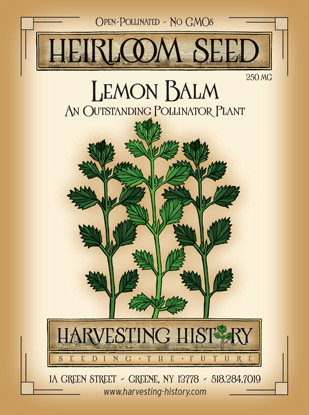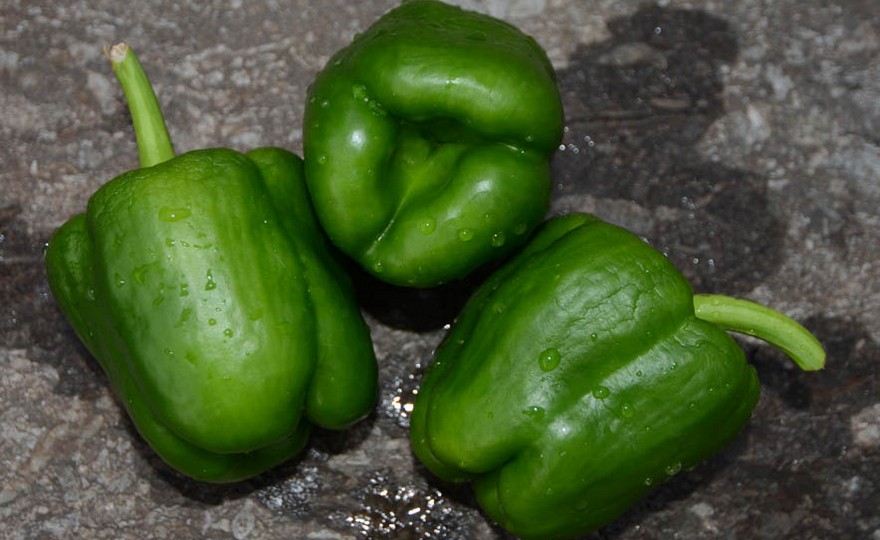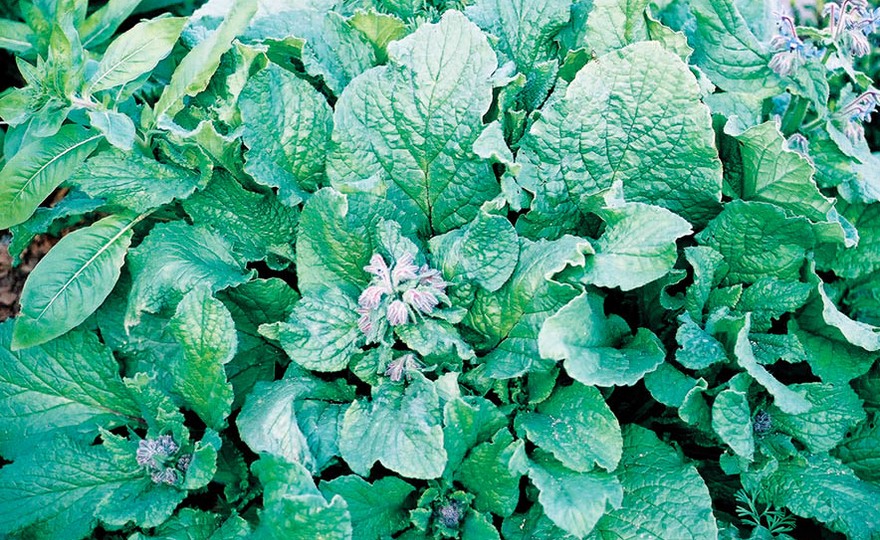
Herb, Lemon Balm
-
- **SOLD OUT** HOLIDAY GIFTS **SOLD OUT**
- **SOLD OUT** Holiday Books **SOLD OUT**
- **SOLD OUT** Holiday Citrus **SOLD OUT**
- **SOLD OUT** Holiday Gift Certificates **SOLD OUT**
- **SOLD OUT** Holiday Paperwhites **SOLD OUT**
- **SOLD OUT** Holiday Praying Mantis Kits **SOLD OUT**
- **SOLD OUT** Holiday Tools **SOLD OUT**
- **SOLD OUT** Holiday Wildflower Mixtures **SOLD OUT**
- Citrus Trees
- **SOLD OUT** - Vegetable and Herb Plants - Mix & Match any 6 Plants for $50 - Only Shipped in Quantities of 6
- Elephant Ear Plants & Roots
- **SOLD OUT** 4-Inch Pot Herb Plants **SOLD OUT**
- Rare Plants
- **SOLD OUT** Vining Plants **SOLD OUT**
- Asian Seeds
- Beneficial Bugs
- Books
- Citrus Fertilizers
- Cold-Treated Bulbs - SEE BULBS FOR FALL PLANTING TO ORDER
- Cold-Treated Allium
- Cold-Treated Chionodoxa
- Cold-Treated Crocus
- Cold-Treated Hyacinthoides
- Cold-Treated Hyacinthus Orientalis
- Cold-Treated Narcissus
- Cold-Treated Cyclamineus Narcissus
- Cold-Treated Double Heirloom Narcissus
- Cold-Treated Jonquilla Narcissus
- Cold-Treated Large Cupped Narcissus
- Cold-Treated Poeticus Narcissus
- Cold-Treated Small Cupped Narcissus
- Cold-Treated Species Miniature Narcissus
- Cold-Treated Split Cupped Narcissus
- Cold-Treated Tazetta Narcissus
- Cold-Treated Triandus Narcissus
- Cold-Treated Trumpet Daffodils
- Cold-Treated Ornithogalum
- Cold-Treated Rock Garden Iris
- Cold-Treated Scilla
- Cold-Treated Tulips
- Cold-Treated Emperor Tulips
- Cold-Treated Fringed Tulips
- Cold-Treated Green or Viridiflora Tulips
- Cold-Treated Lily Flowering Tulips
- Cold-Treated Parrot Tulips
- Cold-Treated Peony Flowering Tulips
- Cold-Treated Single Early Tulips
- Cold-Treated Single Late Tulips
- Cold-Treated Species Tulips
- Cold-Treated Triumph Tulips
- Flower Bulbs, Corms and Tubers
- Bulbs for Spring Planting
- Bulbs for Fall Planting - ALL BULBS AVAILABLE ARE COLD TREATED FOR PLANTING AS SOON AS SOIL CAN BE WORKED
- Fall Blooming Bulbs
- Garden Tools & Equipment
- Gift Certificates
- HHH Exclusive Wildflower Mixtures
- Wildflower Mixtures
- Heirloom Garlic
- Potatoes
- Roots & Sets
- Seeds
- Flowers
- Herbs
- Vegetables
- **SOLD OUT** HOLIDAY GIFTS **SOLD OUT**
-
- No products to compare
-
Quick Overview
HERB, Lemon Balm –
Melissa officinalis
FULL SUN Native to southern Europe and northern Africa, Lemon Balm has been cultivated for more than 2000 years. Brought to the US by the early colonists in the 1600s, the 12-18 in. plant has been used to ease anxiety and promote euphoria.
Plant as soon as the ground can be worked in the spring after the danger of frost has passed. Do not cover seed. Press seed into the soil surface. Rows should be 12 in. apart. When seedlings are 2 in. high, thin, leaving 6 in. between plants. Harvest throughout the season by cutting stems off the plants..
| Type | Spacing | Planting Depth | Days to Germination | Maturity |
| Perennial | 6 in. | soil surface | 10-14 | 75 |

Herb, Lemon Balm
Lemon Balm is one of the great fragrance plants of the garden. Just gently brushing the leaves with your hand will cover your fingers with a luscious lemony scent. A zephyr will carry the scent across the entire garden. Lemon Balm is also one of the most beautiful, shiny, green leaved plants available.
The Greeks and Romans were fond of Lemon Balm, but it was the Arabs that enthusiastically promoted the plant around the world. The Arabs knew that Lemon Balm lifted the spirits. In fact, the Lemon Balm plant has a combination of chemicals that act like a mild form of Valium. One scientific study showed that the oil of the Lemon Balm plant has a sedative effect on the central nervous systems of rats. The oil also seems to inhibit bacteria and viruses.
Lemon Balm is a great pollinator plant. It is incredibly attractive to bees, especially, but it is also a very effective insect repellant. Rubbing lemon balm leaves or oil on your picnic table before eating will keep the insects away from your food.






